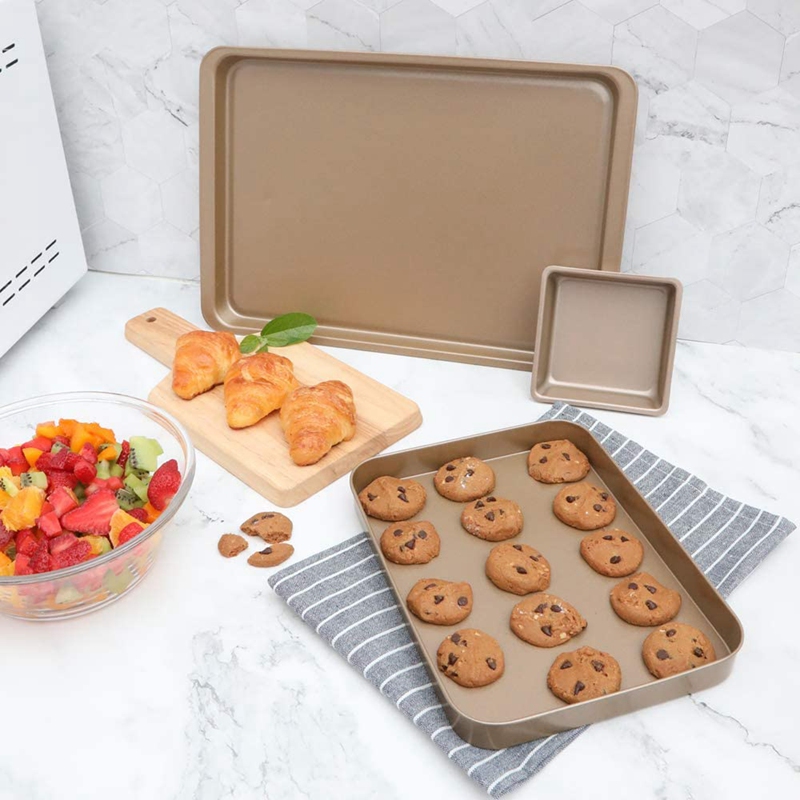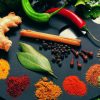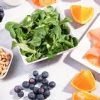- Empty cart.
- Continue Shopping
How to Choose Healthy Baking Pans

Baking is a beloved activity enjoyed by many, whether you’re a seasoned chef or a home cook whipping up treats for the family. While most of us pay close attention to the ingredients we use, the type of baking pan often gets overlooked. However, the material and quality of your baking pans can significantly impact not only the outcome of your baked goods but also your health.
Why the Type of Baking Pan Matters
Chemical Leaching
Some baking pans are coated with materials that can leach harmful chemicals into your food when exposed to high temperatures.
Heat Distribution
The material of the pan can affect how evenly your food bakes, which is crucial for recipes that require precise timing and temperature.
Longevity and Sustainability
High-quality, healthy baking pans are generally more durable and can be a more sustainable choice in the long run.
Materials to Consider
Stainless Steel
Stainless steel is a popular choice due to its durability and resistance to corrosion. It’s also less likely to leach harmful substances into your food.
Cast Iron
Cast iron pans are excellent for heat retention and distribution. However, they require regular seasoning to maintain their non-stick properties and prevent rusting.
Glass
Glass pans are non-reactive, meaning they won’t leach chemicals into your food. They’re also excellent for recipes that require a slow, steady heat.
Ceramic
Ceramic pans are generally made from clay and fired at high temperatures, making them durable and safe for baking. Just ensure they are labeled as lead-free.
Materials to Avoid
Aluminum
While aluminum pans are lightweight and heat-conductive, they can react with acidic foods, leading to potential health risks.
Non-Stick Coatings
Many non-stick pans contain perfluorinated compounds (PFCs), which can release toxic fumes at high temperatures.
Silicone
While generally considered safe, low-quality silicone pans may contain fillers that can leach into food.
Tips for Making a Healthy Choice
Check for Labels
Look for labels that specify the pan is free from harmful chemicals like PFOA, PTFE, or lead.
Consider the Thickness
A thicker pan will generally be more durable and provide better heat distribution.
Read Reviews
Online reviews can provide valuable insights into the pan’s performance and durability.
Test for Quality
For stainless steel pans, you can perform a magnet test. If a magnet sticks to the pan, it’s likely high-quality stainless steel.
In conclusion, choosing a healthy baking pan is an essential step in ensuring both the quality of your baked goods and your overall well-being. By understanding the pros and cons of different materials and knowing what to look for, you can make an informed decision that aligns with your baking needs and health priorities. So the next time you’re in the market for a new baking pan, remember that your choice matters—not just for your recipes, but for your health too.








